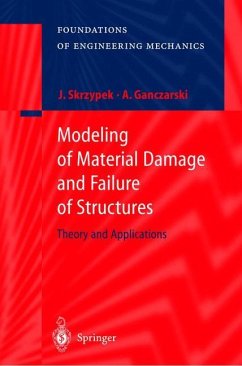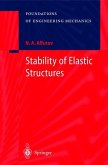Continuum damage mechanics is a quickly developing branch of solid mechanics. Thermo-dynamical bases for it consists in an appropriate coupling between the constitutive equations for the basic material, evolution equations for micrcracks and microvoids growth and accumulation, and heat flux in partly damaged solids. The book provides, in a systematic and concise way, a broad spectrum of existing and current constitutive models for isotropic or anisotropic continuum damage evolution in solids, as well as the constitutive equations for inelastic time-dependent solids in the presence of damage. Particular attention is paid to creep- and creep-like damage in high temparature structural members subject to mechanical and thermal loadings. The effective numerical procedures and computer methods are adopted and developed for classical and non-classical creep damage accumulation, when microcrack orientation change with time, resulting in non-stationary mechanical and thermal fields.
The area of material damage models has undergone a rapid development in the past few years. This is an extensive and comprehensive survey of one- and three-dimensional damage models for elastic and inelastic solids. The state-of-the-art is reported by about 200 references. The book not only provides a rich current source of knowledge, but also describes examples of practical applications, numerical procedures, and computer codes. The style of presentation is systematic, clear, and concise and is supported by illustrative diagrams.
The area of material damage models has undergone a rapid development in the past few years. This is an extensive and comprehensive survey of one- and three-dimensional damage models for elastic and inelastic solids. The state-of-the-art is reported by about 200 references. The book not only provides a rich current source of knowledge, but also describes examples of practical applications, numerical procedures, and computer codes. The style of presentation is systematic, clear, and concise and is supported by illustrative diagrams.








